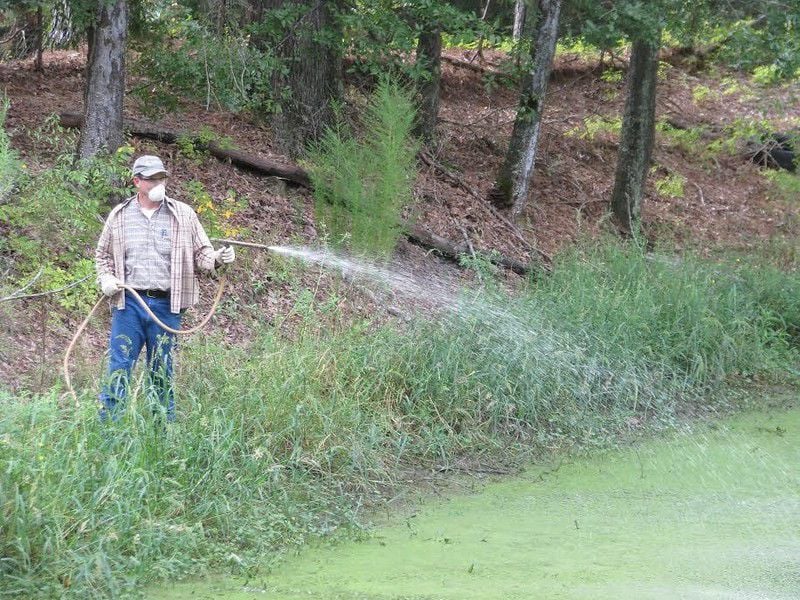The growth of aquatic weeds and algae can make waterbodies undesirable to swimmers, fishers, and other users. They also impede water flow and can clog stormwater pipes.
Aquatic weeds can be prevented through preventive, mechanical, biological, and chemical control methods. This article provides an overview of the most common aquatic weeds and how to control them.
Identifying Aquatic Weeds
Identifying aquatic weeds is a critical first step in controlling them. Knowing their species is the key to successfully using herbicides, chemicals, and biological control methods.
Aquatic weeds can be classified into three groups: emergent, free-floating, and submerged. Each group has its characteristics and method of reproduction.
A defining characteristic of emergent weeds is their stem, which may be stiff or firm. These plants are often found in shallow water & grow along shorelines.
Floating weeds are most commonly found in still or slow-moving nutrient-rich waters. They grow quickly to form dense mats that cover the water’s surface and outcompete native vegetation. They also reduce oxygen levels in the water, which can cause fish kills.
Herbicides
Herbicides are a powerful tool for controlling aquatic weeds. Selecting the correct herbicide and applying it at the proper rate can result in effective aquatic weed control Florida and good water quality.
Herbicides may be applied to surface waters through sprays or granular formulations. Application methods depend on the weed species, weather conditions, and the type of water.
For best results, herbicides should be applied in late spring. The plants are young and growing, and the water is warm and still.
Herbicides can kill submerged and floating weeds, such as duckweed, watermeal, and Salvinia. These weeds are typically treated with slow-acting herbicides. These are absorbed by the plant and killed through the plant’s amino acid synthesis pathway. This process can take weeks or months to complete.
Chemical Control
Water bodies may become infested with aquatic weeds that prevent nutrient cycling, degrade fish and wildlife habitats, interfere with recreational activities, or cause poor-quality drinking water. A number of control methods can be used to manage these weeds.
Several aquatic herbicides are available to control many types of weeds in lakes and ponds. These chemicals destroy the weed’s root system, usually by blocking the action of a plant-specific enzyme.
Herbicides should be applied early in the season, when plants are most susceptible to the herbicide, and in small amounts. They should not be used in late summer when the vegetation is dense, and water temperatures are warm and still. Applying herbicides at this time could deplete the oxygen in the water, which could kill fish.
Mechanical Control
Mechanical control involves using equipment to remove weeds, either singly or in combination. They are often more practical for small gardens than chemical controls.
A common control method is mechanical weed cutters, which sever aquatic plants a few feet below the water surface. They may be used in shallow ponds, streams, or lakes.
Another effective mechanical control method is the drawdown technique, in which water levels are lowered over the winter. This exposes the shallow areas to alternate freezing and thawing, killing the underground rhizomes of many weed species.
Using herbicides to control aquatic weeds is also an option. However, the chemicals must be used safely. The EPA and available to aquaculturists register aquatic weed herbicides.
Biological Control
Aquatic weeds are often a problem in fish culture ponds, competing with fish for food, space, and oxygen. They also block sunlight and can prevent fish from developing properly.
There are many different types of aquatic weeds, from microscopic algae that drift in the water to plants rooted on the pond bottom. Weed control can be achieved through various techniques, including habitat manipulation and chemical herbicides.
Biological control involves the introduction of natural enemies, such as insects, to non-native weeds. It can control invasive weeds that threaten native resources and displace indigenous species. It can also be used to augment other control strategies.








No Comments